Five SAIT capstone projects for a more sustainable world
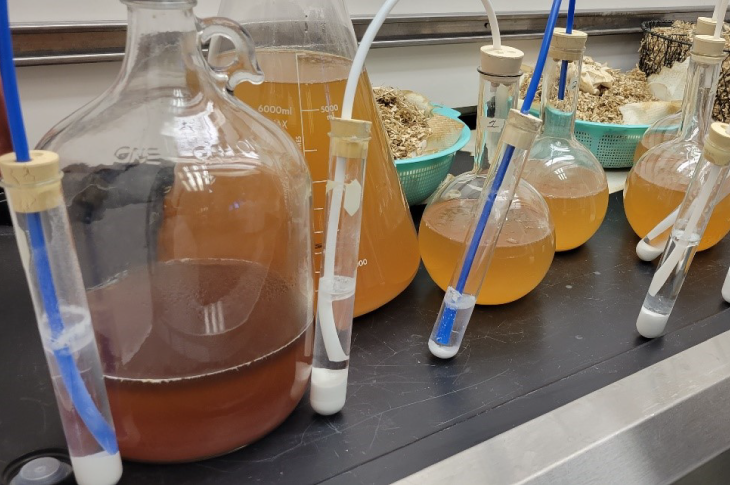
Human activities have caused global heating to rise 1.1⁰C since industrialization began 200 years ago. A recent United Nations climate report cited the need for countries to work together and concluded that there is hope in our global ability to reduce emissions.
So, what are we going to do about it right here at home?
SAIT students have some ideas.
Second-year learners enrolled in Environmental Technology and Chemical Laboratory Technology — just two of the MacPhail School of Energy programs with a focus on sustainability — are proposing eco-friendly initiatives in their capstone projects.
A capstone is an opportunity in a student’s final semester to tackle a real-world problem using everything they’ve learned. These students dreamt big, researching and presenting Grade A green solutions to real environmental challenges.
From cleaning up the sea to harvesting fuel from farms, dive into ideas from the next generation of world-changers.
Dive deeper
Visit the Reg Erhardt Library until Monday, May 15 to learn more about these and other eco-friendly capstones.
🌿 Industrial hemp as biodiesel feedstock
Environmental Technology students Monica Collins and Sean Fitzgerald explored the growing field of biofuels — renewable, biodegradable fuel manufactured from vegetable or animal-based materials, and a more carbon-friendly alternative to petrochemical fuels. For their project, they converted raw hemp stalk, a popular Alberta crop, into biodiesel. The process involved pre-treating hemp with steam, using enzymes to break down the stalks into simple sugars, fermenting the sugars into ethanol, and turning it into diesel through a process called saponification.
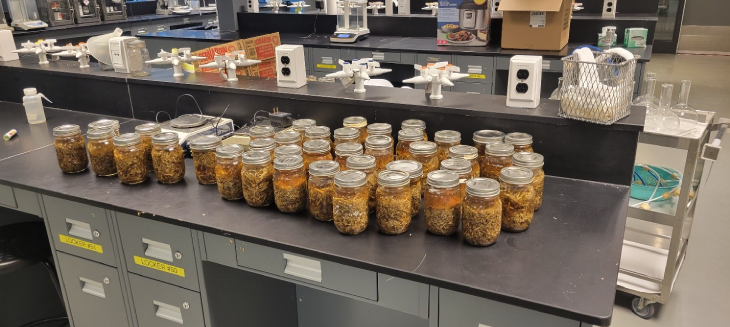
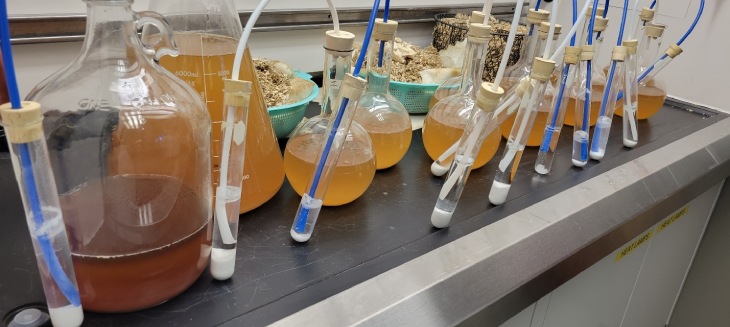
🥕 Food waste fighters
Here are some alarming stats on food waste: it’s responsible for about 7% of global greenhouse gases, and 30% of the world’s agricultural land is currently used to produce food that will never be consumed.
Environmental Technology students Brynn Torrens, Maria Alejandra Parra, Bernardes Toledo and Emil Deschamps want to create a network connecting potential food wasters with potential food rescuers. They developed an online presence to share strategies to minimize food waste in restaurants and homes and partnered with local food-focused organizations to participate in real-life food-rescuing missions.
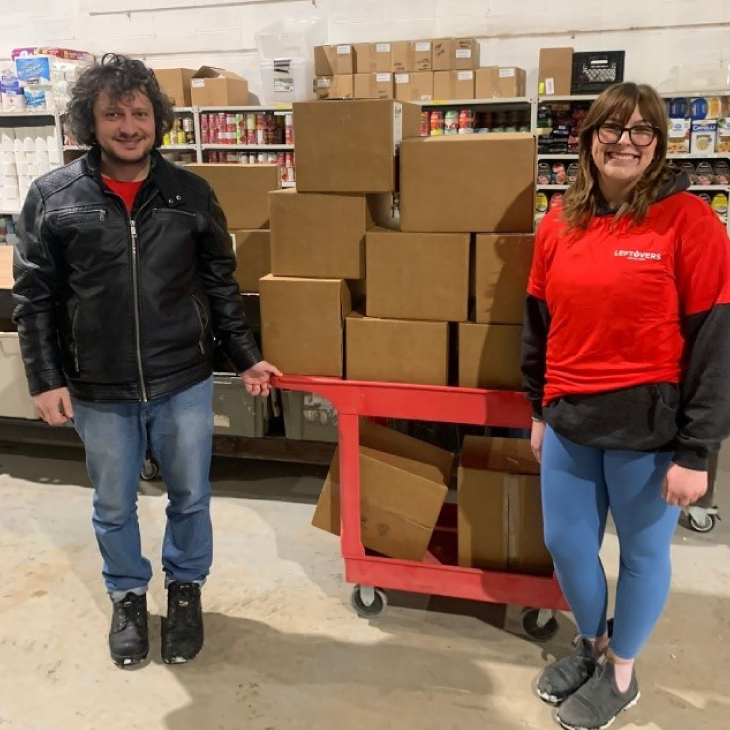
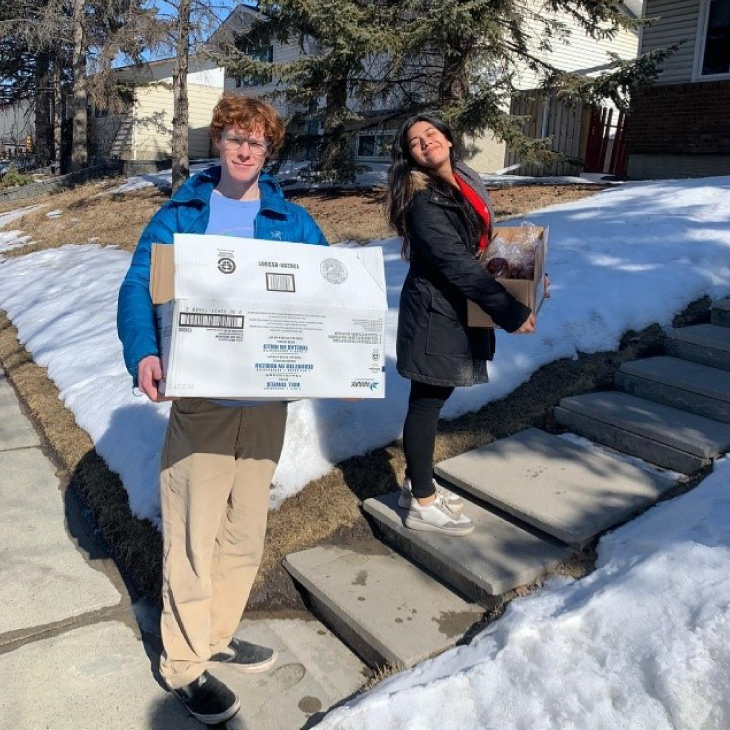
🌊 Efficiency of different filter medias for the filtration of microplastics in seawater
Microplastics are building up in water systems and negatively impacting marine ecosystems. Chemical Laboratory Technology students Kaylib Tremblay and Rica Contreras experimented with layering filters of coffee bio foam (inspired by a previous coffee-based capstone project), perlite and celite to efficiently remove ground-up small pellets of polystyrene — a known plastic building up in waterways — from seawater. A main goal of the project was to achieve an efficient filtering system using as little plastic as possible, minimizing any additional environmental impact.
How coffee grounds took this SAIT student from barista to lab technologist
A cup of jo, or a solution for wastewater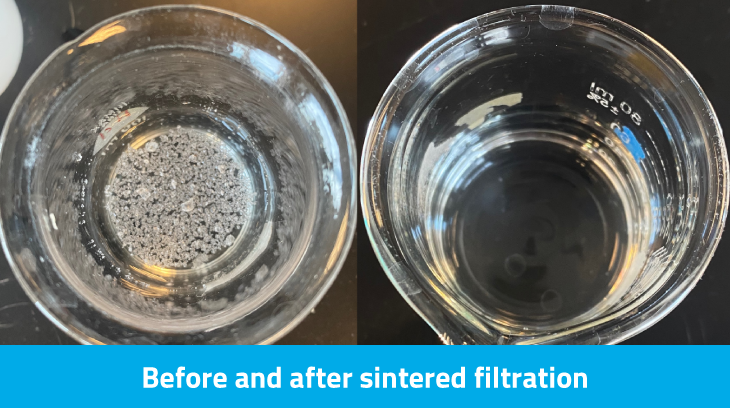
🧭 Using ArcGIS to map endangered and extinct species in Alberta: A tool for supporting sustainability and conservation
The increasing human population is leading to significant land use changes, which are impacting the habitats of various species. For their Environmental Technology capstone project, Florencia Said, Eben Otchere, Benjamin Ochen, Brydon LaGrange, and Kallum Nickerson set out to create an interactive geographic information system (GIS) map to visualize the distribution of extinct and endangered species in Alberta. By shedding light on migration paths and the human activities that affect them, the map — built with ArcGIS mapping software — aims to inform conservation efforts for impacted mammals, birds, fish, reptiles, amphibians, and plants.
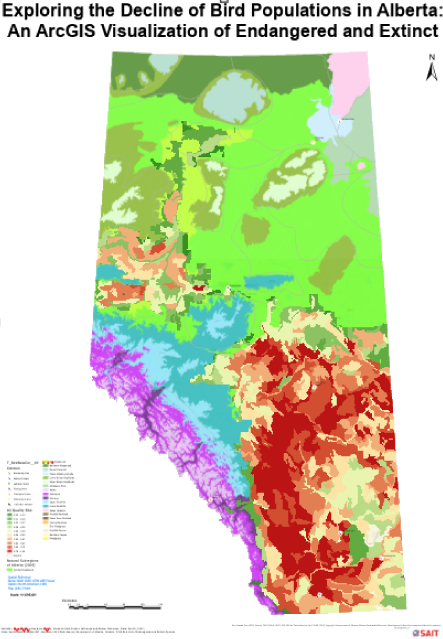
🐟🌱 A sustainable alternative to conventional agriculture
Conventional agriculture is a major contributor to excessive water usage, greenhouse gas emissions, habitat loss, and environmental contamination. In their Environmental Technology capstone project, students Jayden Baldonado and Shireesh Patel set out to educate people on how to grow their own food using aquaponics, which uses 90% less water and doesn’t require toxic pesticides.
After researching how the growing solution relies on the symbiotic relationship between fish, bacteria, and crops, the duo produced a fully functional small-scale aquaponics system on a limited budget and presented their work at SAIT’s World Water Day conference.
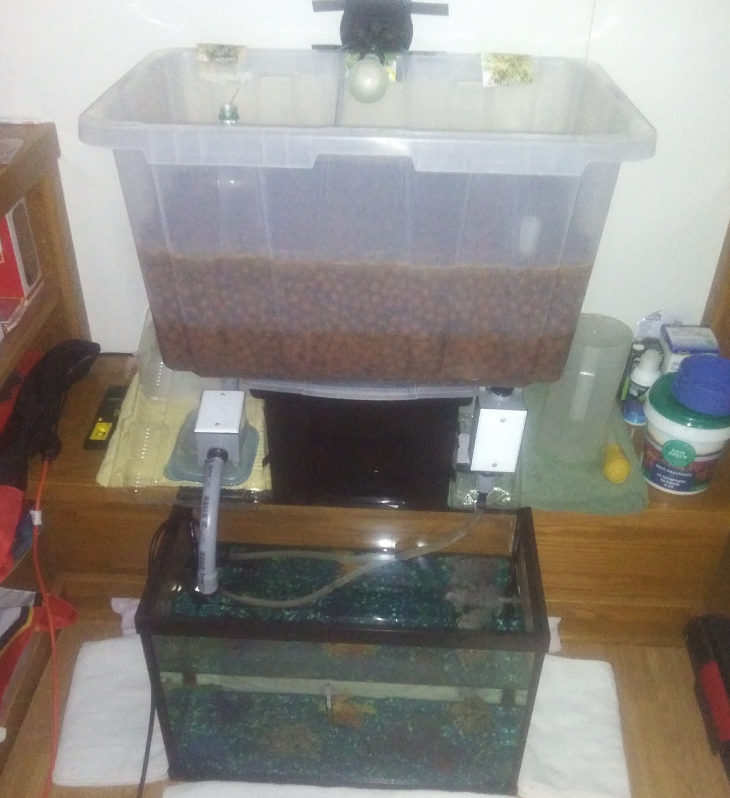
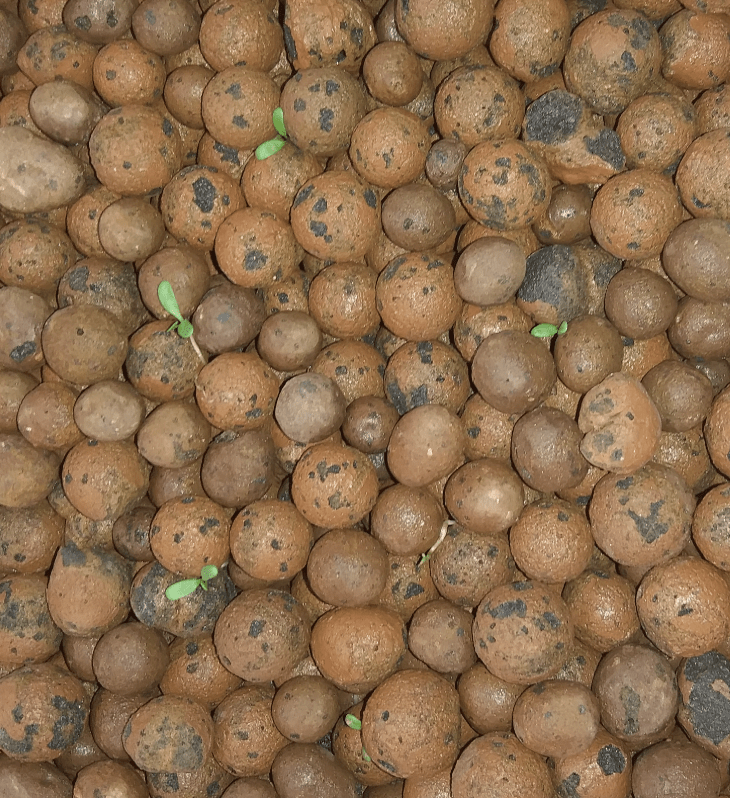
Shaping next generation energy
From our programs to industry partnerships, SAIT’s MacPhail School of Energy is committed to championing change and leading the way towards energy sustainability.
Learn moreCommitment to Excellence
We prepare students for successful careers and lives.
SAIT'S
2020-2025
Strategic plan

Oki, Âba wathtech, Danit'ada, Tawnshi, Hello.
SAIT is located on the traditional territories of the Niitsitapi (Blackfoot) and the people of Treaty 7 which includes the Siksika, the Piikani, the Kainai, the Tsuut’ina and the Îyârhe Nakoda of Bearspaw, Chiniki and Goodstoney.
We are situated in an area the Blackfoot tribes traditionally called Moh’kinsstis, where the Bow River meets the Elbow River. We now call it the city of Calgary, which is also home to the Métis Nation of Alberta.
